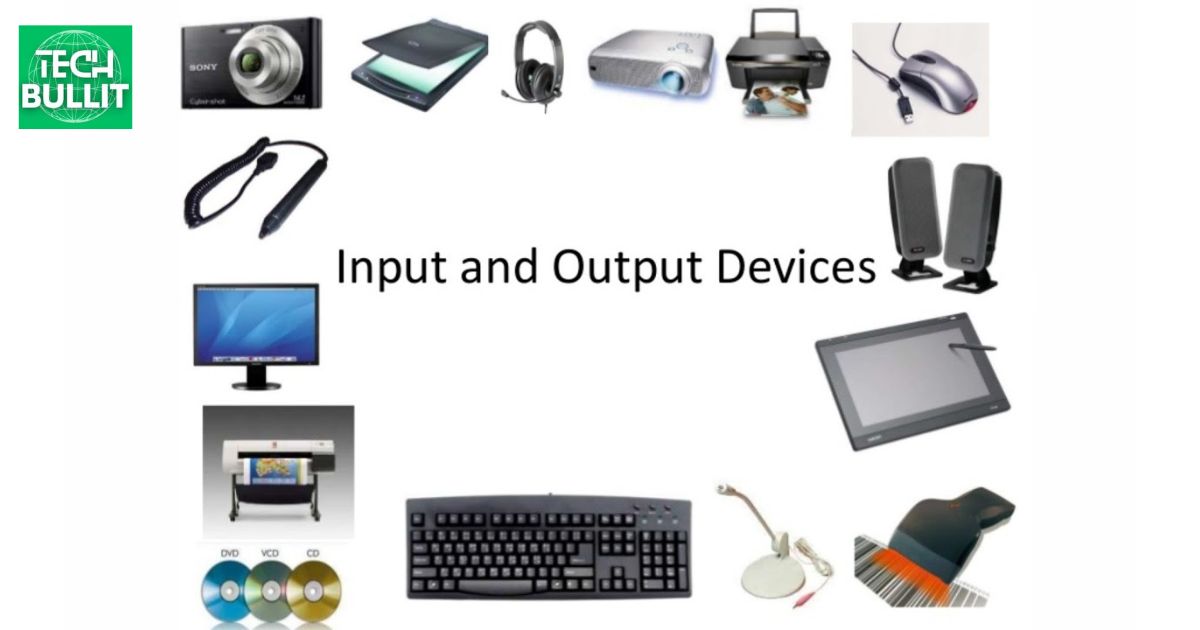A microphone is an input device that captures sound and converts it into an electrical signal for a computer or audio system. It allows users to record their voice or other sounds. In some cases, a microphone can also serve as an output device by amplifying and projecting sound.
Unlock the mysteries of technology with a question that echoes through the digital realm: Is a Microphone an Input or Output Device? Dive into the heart of this enigma, where signals converge and diverge, as we unravel the role of a humble microphone in the complex world of input and output devices.
A microphone is primarily an input device. It converts sound waves into electrical signals that can be processed and recorded by a computer or audio device. While it captures and inputs audio information the output occurs when the recorded sound is played back through speakers or headphones.
What is a Microphone?
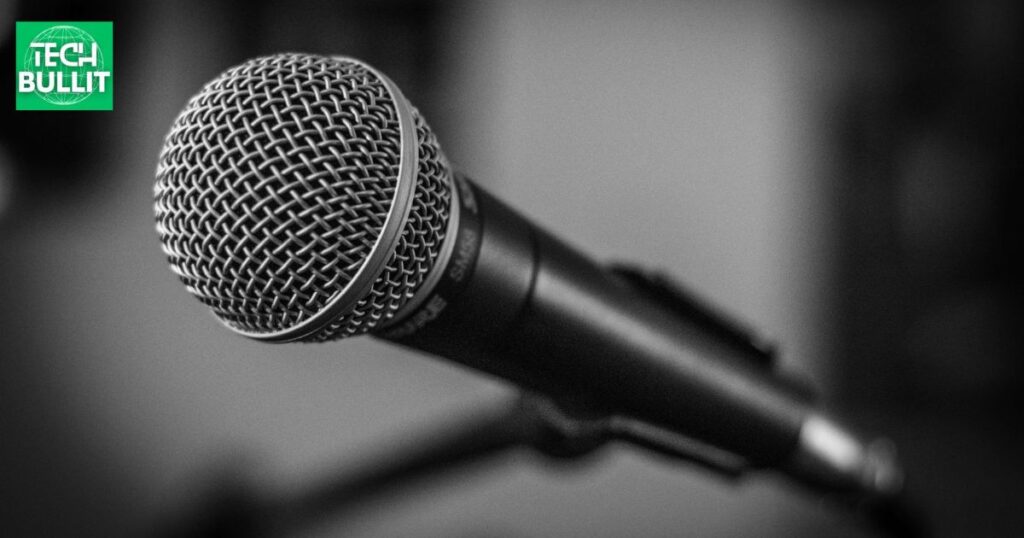
A microphone is a device that captures sound and converts it into an electrical signal. It has a sensitive diaphragm that vibrates in response to sound waves, generating an electrical current. This signal can then be amplified and recorded, allowing us to hear and share sounds such as voices or music.
What is an audio input device?
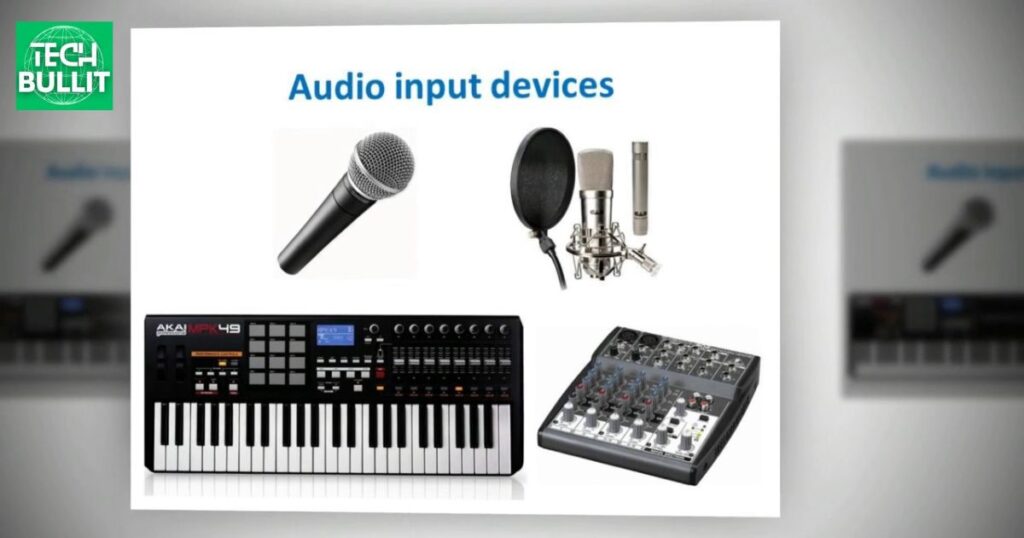
An audio input device is something that lets you record sound into a computer. It could be a microphone, which picks up your voice or other sounds. When you talk or play music into the microphone, the audio input device turns these sounds into digital signals that the computer can understand and use.
What is an audio output device?
An audio output device is something that lets you hear sound from a computer or other electronic device. Common examples include speakers and headphones. When you play music, watch videos, or make calls, the audio output device produces the sound so you can listen to it.
What is an Input Device?
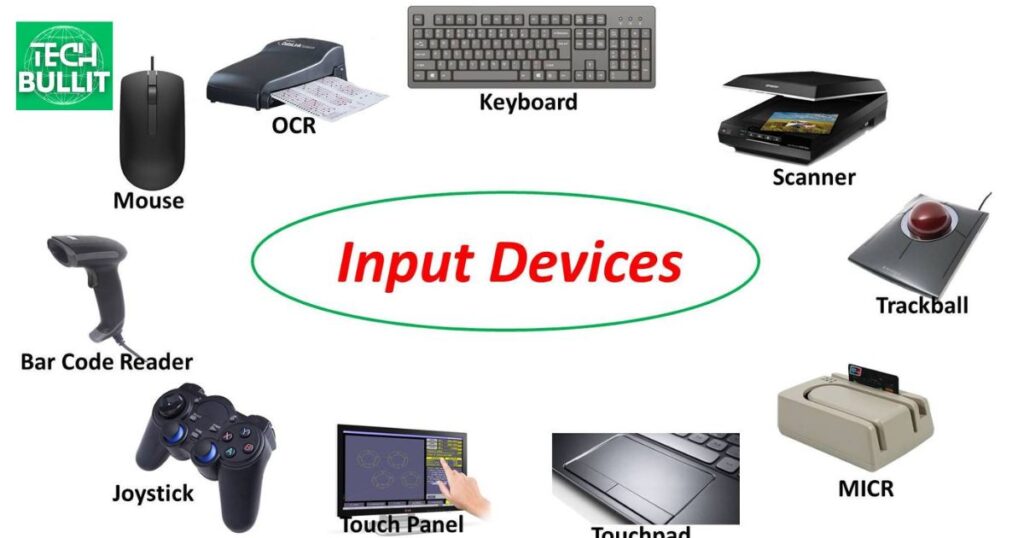
An input device is something you use to give information to a computer. Examples include a keyboard, mouse, or touch pad. When you type on a keyboard or move a mouse, the computer receives the input and can then perform tasks based on those commands.
Keyboards
A keyboard is an input device with keys for typing letters, numbers, and symbols. When you press a key, it sends a signal to the computer, allowing you to input text and commands.
Mouse
A mouse is a small device that you move on a surface to control the cursor on a computer screen. It typically has two buttons and a scroll wheel for additional functions. By clicking and dragging, you can interact with icons and navigate through the computer’s graphical interface.
Scanner
A scanner is an input device that creates digital copies of documents or images. It captures the content by converting it into a digital format that can be stored or edited on a computer. Scanners are commonly used for tasks such as document archiving and image reproduction.
Biometric Devices
Biometric devices are input devices that identify or verify individuals based on unique physical or behavioral characteristics. Examples include fingerprint scanners, iris recognition systems, and facial recognition technology. These devices enhance security by using personal traits for authentication purposes.
What is an Output Device?
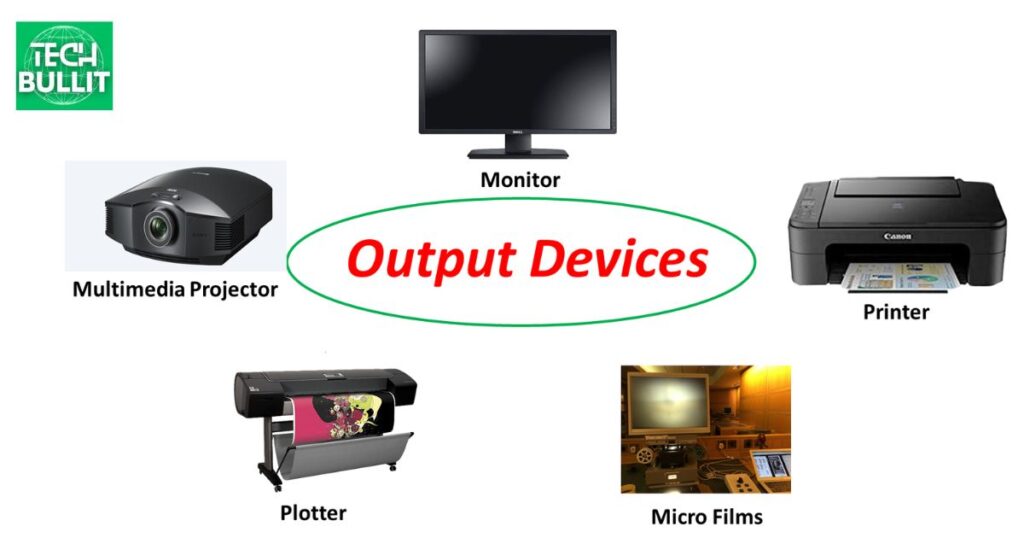
An output device is something that shows or presents information from a computer. It lets you see, hear, or feel the results of your computer’s actions. Common examples include monitors, speakers, and printers. These devices help make the information generated by the computer usable to humans.
Monitors
Monitors are output devices that display visual information from a computer. They come in various sizes and resolutions, providing a visual interface for users. Monitors allow you to see images, text, and videos produced by the computer.
Speakers
Speakers are output devices that produce sound from a computer. They enable you to hear audio, including music, videos, and system alerts. Connecting a microphone to a speaker enhances the multimedia experience by delivering clear and audible sound.
Printers
Printers are output devices that produce hard copies of digital documents from a computer. They can print text, images, and graphics on paper. Printers come in various types, such as inkjet and laser printers, offering different printing capabilities and qualities.
Headphones and Earphones
Headphones and earphones are audio output devices that allow users to listen to sound from a computer or other devices. They provide a personal and immersive audio experience, whether for music, videos, or virtual meetings.
With varying designs and features, headphones cover the ears, while earphones fit into the ears, offering different preferences for users.
Projector
A projector is an output device that displays images or videos on a larger screen or surface. It uses light to project the digital content onto a wall or screen, making it visible to a larger audience. Projectors are commonly used in presentations, classrooms, and home theaters for a shared viewing experience.
What is a both input and output devices?
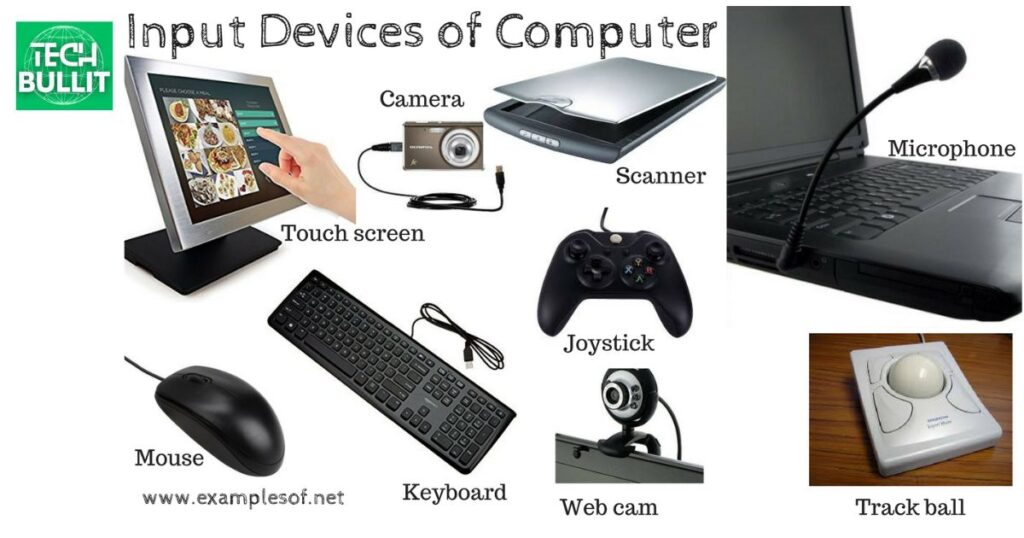
An input or output device is something that lets you put information into a computer, like a keyboard or a mouse. An input or output evince, on the other hand, is something that shows you the results, such as a monitor or a printer.
But there are some devices, like a touchscreen, that can be both! These special gadgets allow you to give commands to the computer by touching and also display information on the same screen. An input or output device is something that lets you put information into a computer, like a keyboard or a mouse.
An input or output device, on the other hand, is something that shows you the results, such as a monitor or a printer.
Headset
A headset is a device you wear on your head with both headphones and a microphone. It allows you to listen to audio and communicate with others making it useful for activities like gaming calls or virtual meetings. Headsets are versatile tools that enhance both audio input and output experiences.
Facsimile
A facsimile, commonly known as a fax machine is a device used for sending and receiving documents over a telephone line. It scans a paper document and transmits a digital copy to the recipient’s fax machine. Despite technological advancements fax machines are still occasionally used for official document transmission.
USB Drive
A USB drive also known as a flash drive or thumb drive, is a portable storage device that connects to a computer’s USB port. It allows you to easily transfer and store files such as documents, photos, and videos. With their small size and high storage capacity USB drives have become a popular and convenient means of data transportation.
CDs
Compact Discs (CDs) are optical storage media commonly used for music, software, and data. They have a shiny surface with digital information encoded in a spiral pattern. To access the content, a CD player or computer’s optical drive uses a laser to read the information stored on the disc.
Modems
Modems, short for modulator demodulator are devices that enable computers to transmit data over communication channels like telephone or cable lines. They convert digital signals from computers into analog signals for transmission and vice versa. Modems play a crucial role in connecting devices to the internet and facilitating communication between them.
Differences between Input and Output Devices
Input devices receive information, while output devices display or convey information. Keyboards and mice are common input or output devices, allowing users to send data to a computer. Examples of input or output devices include monitors and printers, which show or produce information.
In essence input or output devices bring data into a system, while input or output devices present or transfer processed information. Input or Output Devices are crucial components in the interaction between users and computers.
The Input and Output of a Standalone Microphone
A standalone microphone, an input or output device, takes in sound as input. It captures audio through its built-in sensor, converting it into electrical signals. These signals are then transmitted to a recording device or amplifier as output.
The input or output device is the incoming sound, and the output is the electrical signal sent to be recorded or amplified. The input or output device plays a crucial role in the overall process of capturing and transmitting audio signals.
Microphones as an Input and Output Device
Microphones are devices that capture sound, serving as input devices by converting acoustic signals into electrical signals. These electrical signals can be processed by computers and other devices.
Input or output devices, microphones can also act as output devices, playing back recorded sounds when connected to speakers or headphones. Additionally input or output devices, microphones can also act as output devices, playing back recorded sounds when connected to speakers or headphones.
The Concept of Input and Output Devices
Input devices are tools that send information to a computer, like keyboards and mice. They allow users to interact with the computer. Output devices, such as monitors and printers, display or produce information from the computer. In simple terms, input is what you give to the computer, and output is what you get from it.
Together, these devices enable communication between humans and computers. When considering an input or output device, it’s essential to understand their roles in facilitating this communication. Input or output devices play a crucial role in bridging the gap between users and computers.
Whether you’re typing on a keyboard, moving a mouse, viewing content on a monitor, or receiving a printed document from a printer, each interaction involves an input or output device facilitating the exchange of information.
Microphone as an Input Device
A microphone is a device that captures sound and converts it into an electrical signal. It serves as an input device for computers and audio recording equipment. By converting sound waves into electronic signals microphones enable users to record voice music or other audio inputs. They play a crucial role in various applications from voice calls and podcasting to music production and speech recognition.
Sound Transmission
Sound transmission is the process of propagating sound waves through a medium such as air water or solids. It occurs when vibrating particles transfer energy in the form of compressional waves. The speed and efficiency of sound transmission depend on the properties of the medium.
Digital Conversion
Digital conversion is the process of transforming analog signals into digital data. This conversion involves quantifying and encoding continuous analog signals into discrete digital values. It is a crucial step in various technologies such as digitising audio video and other forms of information for storage processing, and transmission.
Input Devices in Simple Terms
Input devices are tools that allow users to interact with computers and electronic systems. These devices enable the entry of data or commands into a computer. Common examples include keyboards, mice, and touchscreens, providing a means for users to input information and control the computer’s functions.
Different Parts of a Microphone
A microphone has three main parts the diaphragm the coil and the magnet. The diaphragm is a thin sensitive material that vibrates in response to sound waves. As it moves it causes the coil a wire wrapped around it to also move. This movement induces an electrical current in the coil interacting with the magnet to generate an electrical signal that represents the original sound.
How does a microphone work?
A microphone converts sound waves into electrical signals. It has a diaphragm that vibrates when exposed to sound. These vibrations are converted into electrical voltage. The electrical signal is then amplified and sent to speakers or recording devices. In simple terms a microphone transforms sound into a signal that can be heard or recorded.
Microphones as Speakers
Microphones are devices that capture sound. They convert sound waves into electrical signals. While they’re not designed to produce sound some microphones can be used as speakers. In this unique application the microphone reverses its usual function converting electrical signals back into audible sound. This unconventional use showcases the versatility of microphone technology.
Here are a few examples of input/output devices we use on a daily basis.
Input/output devices are tools we use every day. For instance, a keyboard is an input device that helps us type. A mouse is another input device that helps us navigate on the computer. Output devices include monitors which display information and printers which produce paper copies. These devices play crucial roles in our daily interactions with technology.
Are headphones with a built in microphone both input and output?
Headphones with a built in microphone serve as both input and output devices. They allow you to listen to audio like music or calls through the headphones and also capture your voice using the built in microphone.
This dual functionality makes them convenient for activities such as gaming, video calls, and voice recording. The input or output device microphone enables communication and interaction while the input or output device headphones deliver sound output directly to the user.
Are headphones without a built in microphone input or output devices?
Headphones are input or output devices delivering sound to the user’s ears. They do not have a built-in microphone, meaning they cannot capture or transmit audio. Microphones are separate input or output devices used for recording or communication.
Headphones focus on delivering audio output and do not include a microphone for input. Input or output devices are crucial components in the functionality of audio equipment.
Can I use a speaker as a microphone?
Speakers are designed for audio output not input. They lack the necessary components to function as a microphone. Using a speaker as a microphone would not yield satisfactory results for recording or communication purposes.
Can microphones be used as speakers?
Microphones are not designed to function as speakers. They lack the components necessary for reproducing sound. Attempting to use a microphone as a speaker would not produce audible output.
What are input and output devices of computers?
| Input Devices | Description |
| Keyboard | Allows users to input text and commands into the system |
| Mouse | Pointing device for navigating and interacting with the graphical user interface |
| Touch pad | Similar to a mouse, but integrated into a laptop’s surface |
| Trackball | Manipulated to move the cursor, less common than mice |
| Joystick | Used for gaming and controlling on-screen elements |
| Graphic Tablet | Allows users to draw or write directly on a surface with a stylus |
| Microphone | Captures audio input for voice commands or recording |
| Webcam | Captures video input for video conferencing or recording |
| Scanner | Converts physical documents or images into digital format |
| Barcode Reader | Reads barcodes for inventory or identification purposes |
| Biometric Scanner | Authenticates users based on biological characteristics such as fingerprints or retina scans |
| Output Devices | Description |
| Monitor | Displays visual output, commonly in the form of a screen |
| Printer | Produces hard copies of digital documents or images |
| Projector | Projects computer screen contents onto a larger surface |
| Speakers | Outputs audio for various applications and multimedia |
| Headphones | Provides audio output for private listening |
| Plotter | Draws vector graphics, often used in design and engineering |
| 3D Printer | Creates physical objects layer by layer from digital models |
| Haptic Feedback Devices | Provide tactile sensations to users, like vibration or force feedback |
| Braille Display | Outputs text in braille for visually impaired users |
| LED/LCD/OLED Displays | Varieties of display technologies with different characteristics |
Why has a mic on your computer?
A microphone on your computer lets you talk and be heard during video calls. It’s like a digital voice tool that helps you communicate with others online. Whether you’re chatting with friends, attending virtual meetings, or recording audio, the computer mic captures your voice. It makes online interactions more engaging and convenient.
Frequently Asked Questions
Is a microphone an input or output device?
Microphone is an input device as it captures sound and sends it to a computer or other devices.
What does a microphone do?
Microphone records and converts sound into electrical signals that can be processed by electronic devices.
Can a microphone play sound?
Microphone only captures sound it doesn’t produce or play any sound itself.
Where is a microphone commonly used?
Microphones are often used in recording studios communication devices and audio systems to pick up and transmit sound.
Conclusion
Microphone is an input device. It captures sound waves and converts them into electrical signals that can be processed by a computer or recording device. When you speak into a microphone it acts as a sensor taking in audio information and transmitting it for further use.
In contrast an output device such as speakers, produces sound or displays information. A microphone doesn’t generate sound; it only receives and inputs audio data. Therefore it falls under the category of input devices serving the purpose of collecting external sound for various applications like voice recording communication or music production.
Microphone is unequivocally an input device. Its primary function is to capture and convert sound into electronic signals, making it an essential tool for a wide range of activities where audio input is required.

Lucas Steele is an experienced professional with 10 years in education. “Teachbullit” is his domain, reflecting expertise in teaching and learning.
